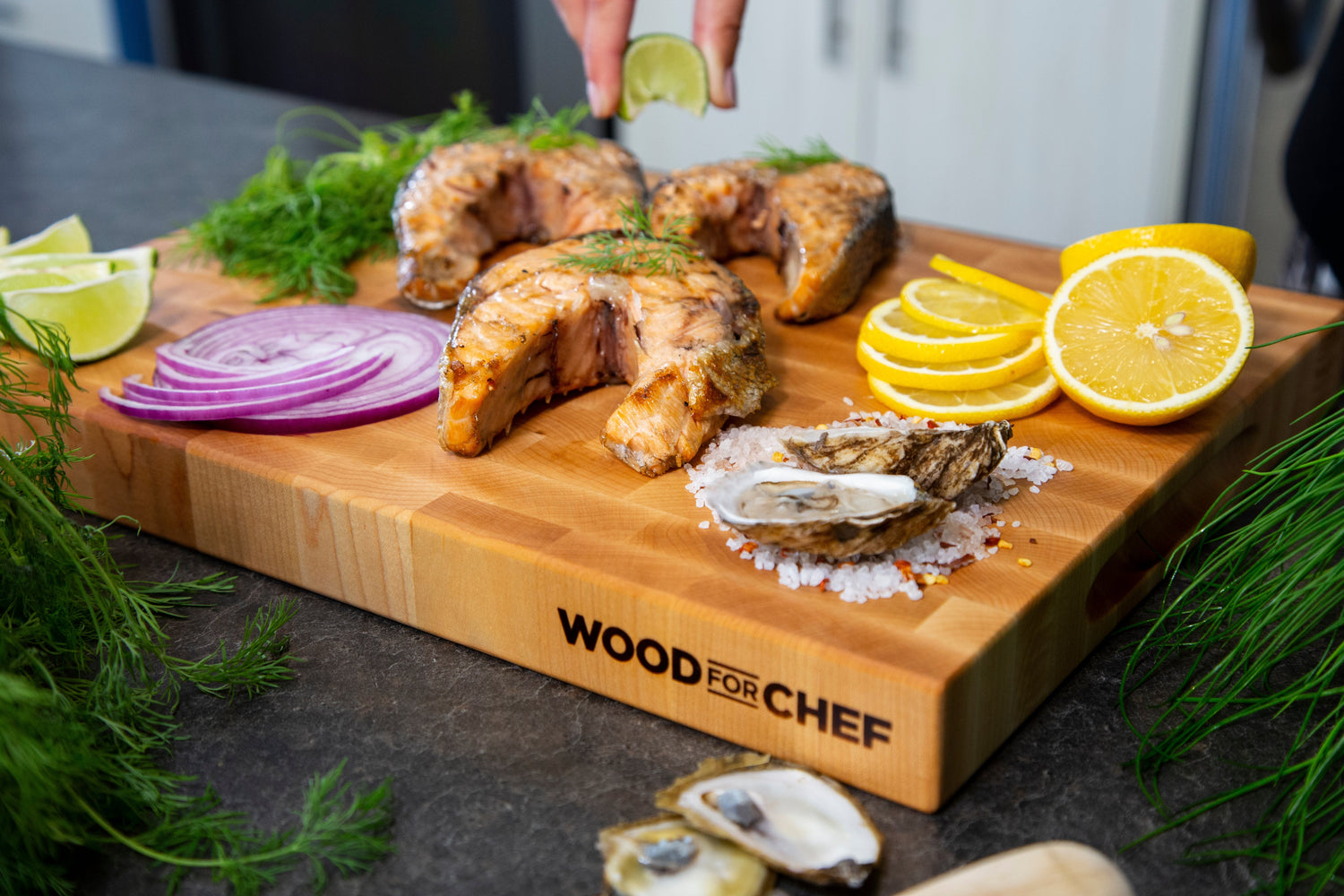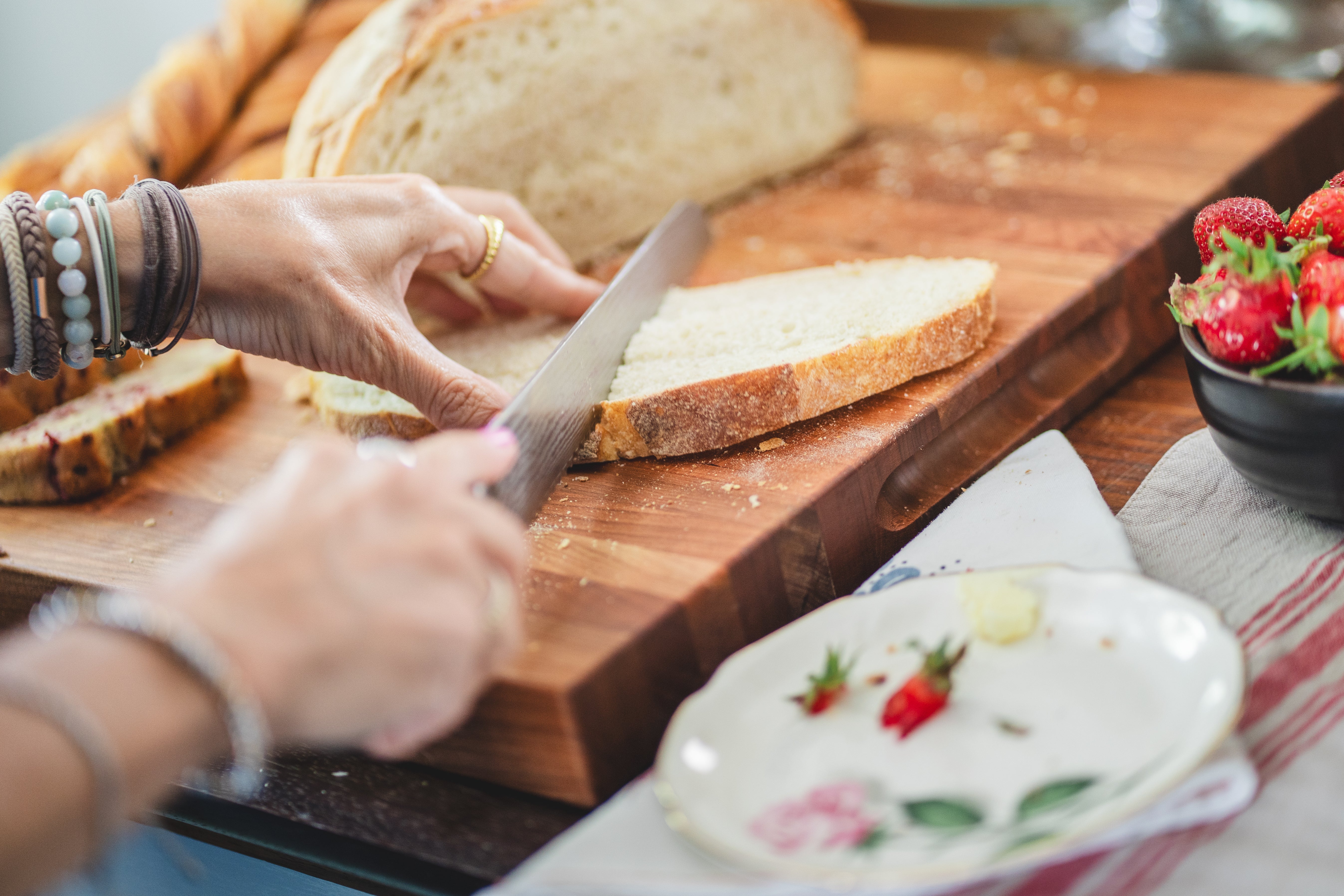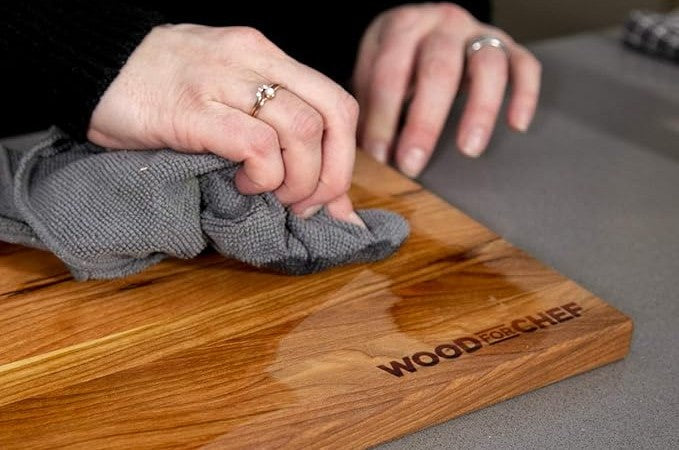How to Choose the Best Wood Cutting Board
Selecting the perfect wood cutting board is one of the most important decisions you'll make for your kitchen. The right board becomes an extension of your culinary skills, enhancing your cooking experience while lasting for years to come. With so many options available, understanding the key factors that make a cutting board exceptional will help you make an informed choice that elevates your kitchen game.
Why choose wood cutting boards?
Wood cutting boards have dominated professional and home kitchens for centuries, and for good reason. Unlike plastic alternatives that can harbor bacteria in knife grooves or glass boards that damage knife edges, wood offers the perfect balance of functionality and safety. The natural antimicrobial properties of wood, combined with its self-healing characteristics, make it the ideal surface for food preparation.
When you cut on wood, the fibers compress and then spring back, naturally closing minor knife marks. This self-healing property means your board stays smoother longer while being gentler on your knives. Additionally, wood's natural moisture-wicking properties help prevent bacterial growth when properly maintained.
Understanding wood species
The type of wood used in your cutting board fundamentally determines its performance, durability, and appearance. Not all woods are created equal, and understanding the unique characteristics of different species will help you choose the perfect board for your needs.
Maple wood cutting board
Maple represents the pinnacle of cutting board materials, offering an exceptional combination of hardness, moisture resistance, and natural antibacterial properties. This dense hardwood provides outstanding durability while maintaining a surface that's gentle on knife edges. Maple's tight grain structure makes it naturally resistant to moisture absorption, reducing the risk of warping or cracking even with heavy use.
The natural antibacterial properties of maple wood cutting board make it particularly suitable for food preparation, providing an extra layer of protection for your family's health. Its light color showcases the beautiful grain patterns while making it easy to see what you're cutting. With proper care and regular oiling, maple develops a gorgeous patina that enhances its elegant appearance over time.

Walnut wood cutting board
Walnut brings unmatched elegance to your kitchen with its rich, dark chocolate tones and striking grain patterns. This premium hardwood offers exceptional durability and moisture resistance, making it perfect for boards that need to withstand heavy use.
The natural antibacterial properties of walnut ensure safe food handling across all types of ingredients. One of walnut's standout features is its incredible versatility.
Unlike some woods that can absorb and retain odors, walnut remains neutral regardless of whether you're preparing pungent garlic, fresh fish, or aromatic herbs. This makes it an excellent choice for cooks who frequently work with diverse ingredients and want a single board that can handle everything.

Cherry wood cutting board
Cherry wood offers a unique combination of softness and durability that makes it exceptionally knife-friendly. This characteristic makes cherry boards ideal for precision work and delicate ingredients while still providing the longevity you expect from a quality cutting board.
The even texture of cherry creates an incredibly smooth cutting surface that enhances your knife work. Cherry's relatively lighter weight compared to other hardwoods makes it easier to handle and maneuver in the kitchen.
This practical advantage becomes especially important with larger boards or when frequently moving between cutting and serving. Like walnut, cherry doesn't retain odors, making it suitable for all types of food preparation.

Essential features to look for in a wood cutting board
Dual functionality: cutting and serving
Modern cutting boards should serve multiple purposes in your kitchen. Look for boards that transition seamlessly from cutting surface to serving tray. This dual functionality not only saves space but also creates a more efficient workflow in your kitchen. A well-designed board allows you to prepare ingredients and then serve them directly to guests without transferring to another dish.
Practical design elements
Juice grooves around the perimeter of your cutting board are essential for containing liquids from fruits, vegetables, and meats. These grooves prevent messy spills and make cleanup easier while protecting your countertops. Comfortable handles or finger grips make the board easier to lift and move, especially when it's wet or loaded with food.
Size considerations
The size of your cutting board should match your cooking style and kitchen space. Smaller boards (under 12 inches) are perfect for quick tasks like slicing herbs or preparing single servings. Medium boards (12-16 inches) handle most daily cooking tasks efficiently. Large boards (over 16 inches) are ideal for serious cooks who frequently prepare meals for multiple people or work with large ingredients.
Knife-Friendly surface
Your cutting board should preserve your knives' sharpness while providing a stable cutting surface. The wood should be hard enough to resist deep gouges but soft enough to prevent knife damage. This balance is crucial for maintaining both your cutting board and your knife collection.
Construction and craftsmanship
Examine the board's construction carefully. High-quality boards feature smooth, even surfaces with consistent grain patterns. The edges should be properly finished and comfortable to handle. Check for any gaps, rough spots, or irregularities that might indicate poor craftsmanship.
Sustainability and environmental responsibility
In today's environmentally conscious world, choosing products that support sustainable practices is more important than ever. Look for cutting boards made from FSC (Forest Stewardship Council) certified wood. This certification ensures that the wood comes from responsibly managed forests that maintain biodiversity, protect wildlife habitats, and support local communities.
FSC certification represents a commitment to environmental stewardship that extends beyond the product itself. When you choose FSC-certified cutting boards, you're supporting sustainable forestry practices that help preserve forests for future generations while ensuring the continued availability of high-quality wood products.
Conclusion
Choosing the right wood cutting board is about more than just finding a surface to cut on, it's about selecting a culinary companion that will enhance your cooking experience for years to come. By considering factors like wood species, sustainability, craftsmanship, and functionality, you can find the perfect board that matches your needs and values.
Looking for a wooden cutting board?


